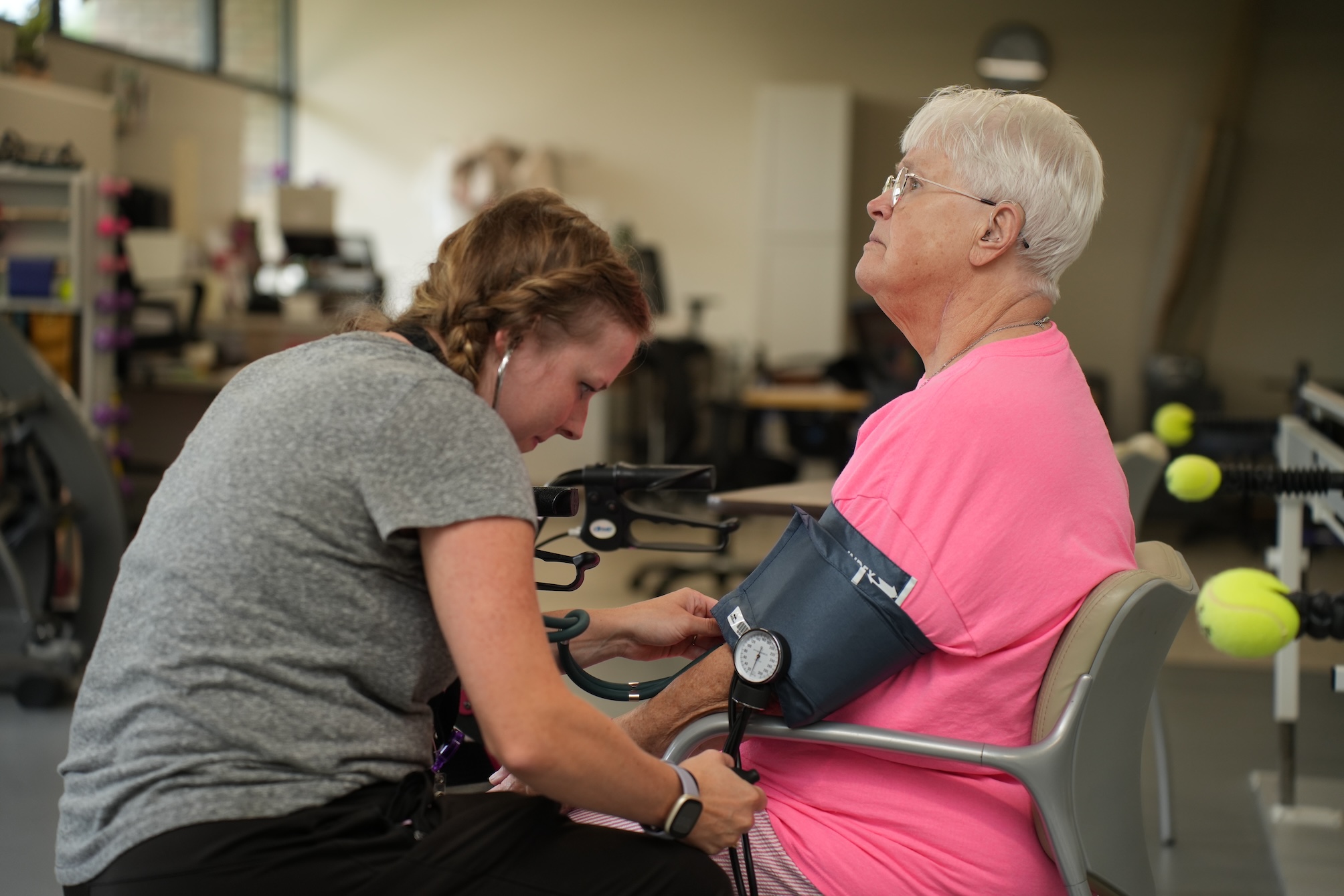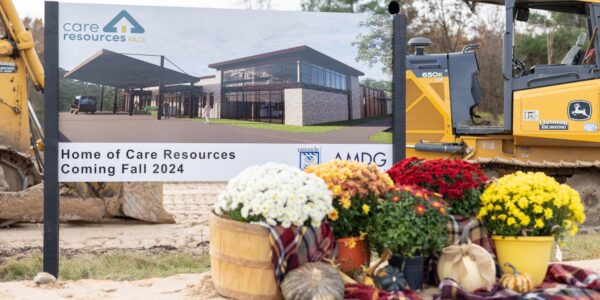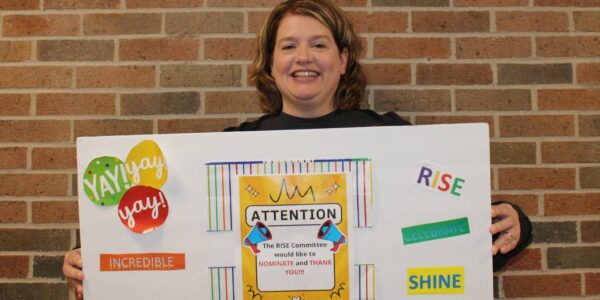No one wants to end up in a nursing home, but families often think they have few choices when trying to keep an aging loved one healthy and safe. Care Resources provides an alternative — often with little to no out-of-pocket expense.
For roughly 99% of those who qualify for the specialized health care offered by Care Resources, the bills are paid by Medicare, Medicaid or a combination. And all it takes to learn more is a phone call.
That’s the encouraging word from Rashea Nidefski, community outreach representative for Care Resources, a Program of All-inclusive Care for the Elderly, or PACE, which offers long-term care choices promoting independence, dignity and a high quality of life for qualifying adults 55 years and older.
“A key component is that there IS an alternative to placement,” Nidefski says. “A lot of seniors automatically tend to think of assisted living and nursing homes, when in truth, there are programs like PACE, covered by Medicaid and Medicare benefits. If you have both, there’s zero to little out-of-pocket to pay.”
Because Medicaid and Medicare are government-sponsored health insurance programs, both instituted in 1965, there’s typically red tape and a lot of fine print to absorb. Generally, Medicare provides health coverage to those 65 and older and some younger people with disabilities, regardless of income level. Medicaid provides health coverage to people with lower incomes.
There are usually extenuating circumstances, but Nidefski stresses “when you make that phone call, we can walk people through the process,” adding “everyone’s situation is a little different.”
Currently, about 355 people participate in Care Resources. While some regularly attend its Day Center at 4150 Kalamazoo Ave. SE, others opt solely for services in the comfort of their own homes. Those can include all-inclusive concierge care led by skilled primary care providers and an interdisciplinary care team with nearly a dozen specialties represented.
“Our goal is to wrap support around a person to help them stay at home safely,” Nidefski explains. “The reaction we get from participants is really amazing. One minute, they’re thinking that Medicaid won’t cover their expenses if they’re not in a facility. But in the next, they’re surprised to discover it does.”
The end result is specialized care for the participant, “and more time for that person’s caregivers to be the son, the daughter, the grandchild or significant other” rather than cooking, cleaning, preparing medications or any of the other activities needed to care for someone at home.
For someone paying total costs out of pocket, the monthly bill can be about $5,574, but that’s a fraction of what it costs to reside in a nursing home. Either way, by enrolling in Care Resources, participants qualify for a wide array of services – everything from prescriptions to supplements to incontinence products to access to medical care and more.
With Medicaid especially, Nidefski says, “there can be a lot of moving parts” to assess, “and that’s why we encourage people to call and talk with our intake coordinator.” No appointment is necessary to talk with Care Resources. If you don’t connect immediately, you’ll receive a call back within one business day.
“If you’re a senior or you have a family member who’s a senior and they wish to age in their home with some assistance, please call,” she says. “And if we’re not the right program for you, we’ll do our best to help you find a program that meets your needs.”
For more information, call Care Resources at 616.913.2006, or visit careresources.org.
Last updated 6.11.2024 I H5610_WEB



